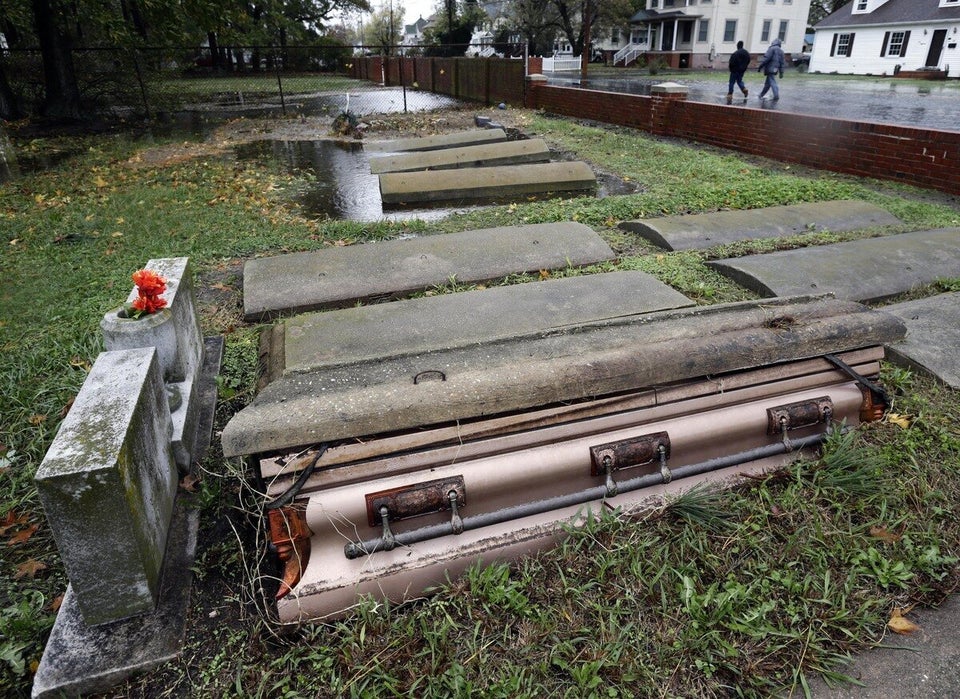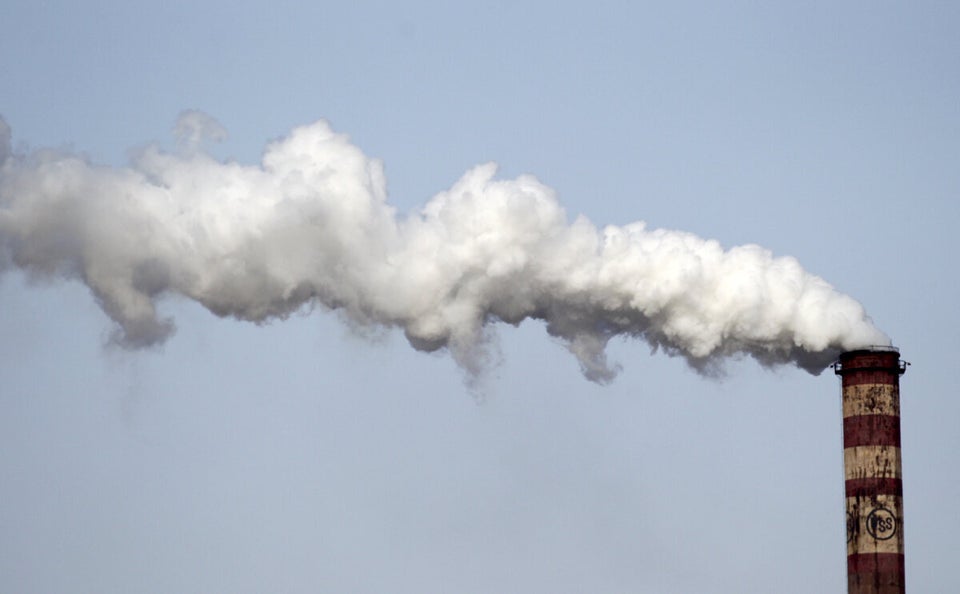As Hurricane Sandy made landfall this weekend we were in the midst of PowerShift 2012. In the end over 1100 youth from all across Canada came together to connect, learn, and build the movement for climate justice. As news of the storm filtered into our phones, computers and ears I was very afraid. I thought of my family and friends in the pathway of this storm, I thought of the hundreds of youth that would be leaving Ottawa after the gathering headed straight into Sandy's path, and I worried about what was coming next.
The Atlantic ocean is now five degrees Fahrenheit warmer than average as a result of tons of carbon being dumped into our atmosphere. This warmer ocean is increasing evaporation and thus precipitation levels. Arctic ice melt is increasing sea levels, and higher sea levels translates directly into higher storm surges.
In short, our changing climate is making extreme weather more powerful, more prevalent and more unpredictable. Hurricane Sandy is only one part of a emerging trend that sees extreme weather becoming the new normal, as we continue to drive the planet's warming, these kinds of deadly, unpredictable storms will happen more and more and more and the simple fact is that we can only be so prepared for their impacts.
One of the key pieces of any effort in disaster response is understanding the cause of a disaster and mediating as best as possible. It's why we learn where fault lines lie and how they work. It's why we study tsunamis, why we track storms, why planes and boats have equipment to detect dangerous weather, and so on.
BLOG CONTINUES BELOW SLIDESHOW:
Climate change is being worsened because the fossil fuel industry is using our atmosphere as a dumping ground. As Bill McKibben laid out this summer in the Rolling Stone, they want to burn nearly six times the amount of carbon that even our government has agreed we have room left for in the atmosphere. Stopping this from happening is not simply climate action, it is disaster preparedness.
Hurricane Sandy is a stark and loud wake up call, but we also need to remember that we are only now feeling the impacts that people around the globe have been feeling for years. Climate change and extreme weather have destroyed and displaced whole communities. Even this storm first touched down in the Caribbean destroying homes and taking nearly 70 reported lives.
But the impacts are not only felt when extreme weather hits. Imagine the stress of living on a small island state living with the reality of a disappearing coastline, and possibly the complete sinking of your home. The lack of action by our governments and the free reign of the fossil fuel industry is creating a situation where entire islands, shorelines, communities and countries will become chalk-lines on a map.
Even closer to home, the stress and fear we feel when a storm like this hits our families and friends is the daily life of those communities living directly in the spillway of the fossil fuel industry. Inundated daily by toxic pollution, the impacts of extracting and burning fossil fuels has created a slow moving un-natural disaster in communities like those being directly impacted by the tar sands.
I am still afraid because I know that this is not a rogue incident but that as long as business as usual continues this is the new normal. That fear is coupled with a profound faith in the power of our generation, and the power of people to change business as usual and shatter the status quo.
Right now hundreds of youth are spreading out across Canada ready to build solutions to the climate crisis from the ground up, to make sure that the new normal is not crisis, but a more resilient world. The climate has changed, we have created cracks in our planet's natural systems. We have a chance now to let those cracks open wider, to let inaction define our society, or we can work together to rebuild the foundation, and after this last weekend, I think we can do it.

